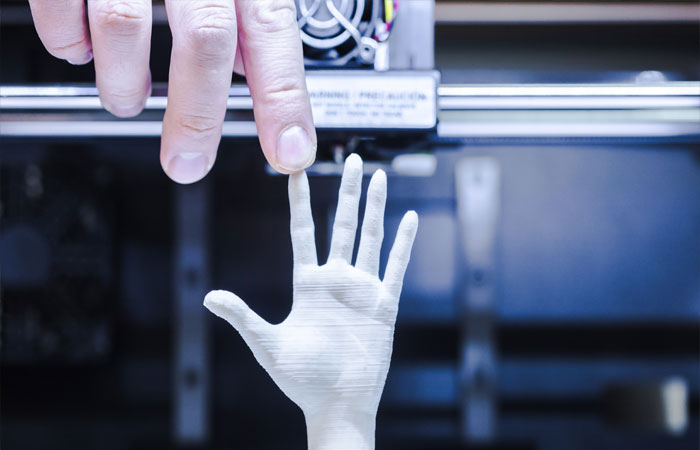Additive manufacturing (AM), or 3D printing, has emerged as a transformative force in the medical implant industry. Once considered a futuristic concept, it is now a practical and increasingly adopted method for producing patient-specific, lightweight, and porous implants—particularly in orthopedic and craniofacial applications. However, while AM brings design freedom and customization, it is not a replacement for traditional machining. Instead, it complements CNC machining in a hybrid workflow that combines the best of both technologies.
So, where are we now with 3D-printed implants? The answer lies in the evolving collaboration between design, additive, and subtractive manufacturing processes.
The Value Proposition of Additive Manufacturing
One of the most significant advantages of additive manufacturing is the ability to create complex geometries and lattice structures that mimic natural bone. These porous surfaces enhance osseointegration, allowing the bone to grow into the implant, leading to better long-term stability.
Additive technologies such as Selective Laser Melting (SLM) and Electron Beam Melting (EBM) allow manufacturers to directly produce implants from materials like titanium and cobalt-chrome, layer by layer, based on digital designs derived from CT or MRI scans. This enables custom implants tailored to a patient’s anatomy—particularly useful in spinal, dental, and maxillofacial reconstruction.
Why Machining Still Matters
Despite the growing role of 3D printing, CNC machining remains essential for achieving the high precision and surface finishes required on critical contact surfaces. Threads, sealing zones, and mating features often require post-processing on multi-axis machining centers to meet tight tolerances and regulatory standards.
Moreover, hybrid manufacturing workflows are now commonplace:
- Implants are first printed in near-net shape using AM
- Then critical features are machined using 5-axis CNC equipment
- Final finishing includes surface treatments like electropolishing or coating
This blend ensures that implants are both biocompatible and dimensionally accurate.
Regulatory and Material Considerations
One of the major hurdles for additive manufacturing has been regulatory approval. However, progress is being made, with the FDA approving several 3D-printed implants, including spinal cages, hip cups, and dental implants. Companies must demonstrate material consistency, layer integrity, and reproducibility—areas where advanced process monitoring, powder quality control, and in-situ inspection are playing a growing role.
Materials also remain a focus. Titanium alloys (Ti-6Al-4V) are the dominant choice due to their strength, biocompatibility, and printability. Research into biodegradable materials and multi-material printing is also advancing.
Real-World Adoption
Global OEMs and specialty manufacturers are investing heavily in additive production cells. In India, companies like Meril Life Sciences and Sahas Softech have pioneered the use of AM for orthopedic and cranial implants, often integrating digital design, simulation, printing, and post-machining under one roof.
Additive manufacturing is no longer just an experimental technology—it is a strategic enabler in modern medical implant production. By working in tandem with CNC machining, it delivers precision, personalization, and design flexibility that was once unimaginable. As regulatory frameworks mature and technology evolves, the hybrid model of “Print-Then-Machine” is defining the future of implant manufacturing—where every patient can benefit from implants that are as unique as their anatomy.
Image courtesy : Design by Freepik



